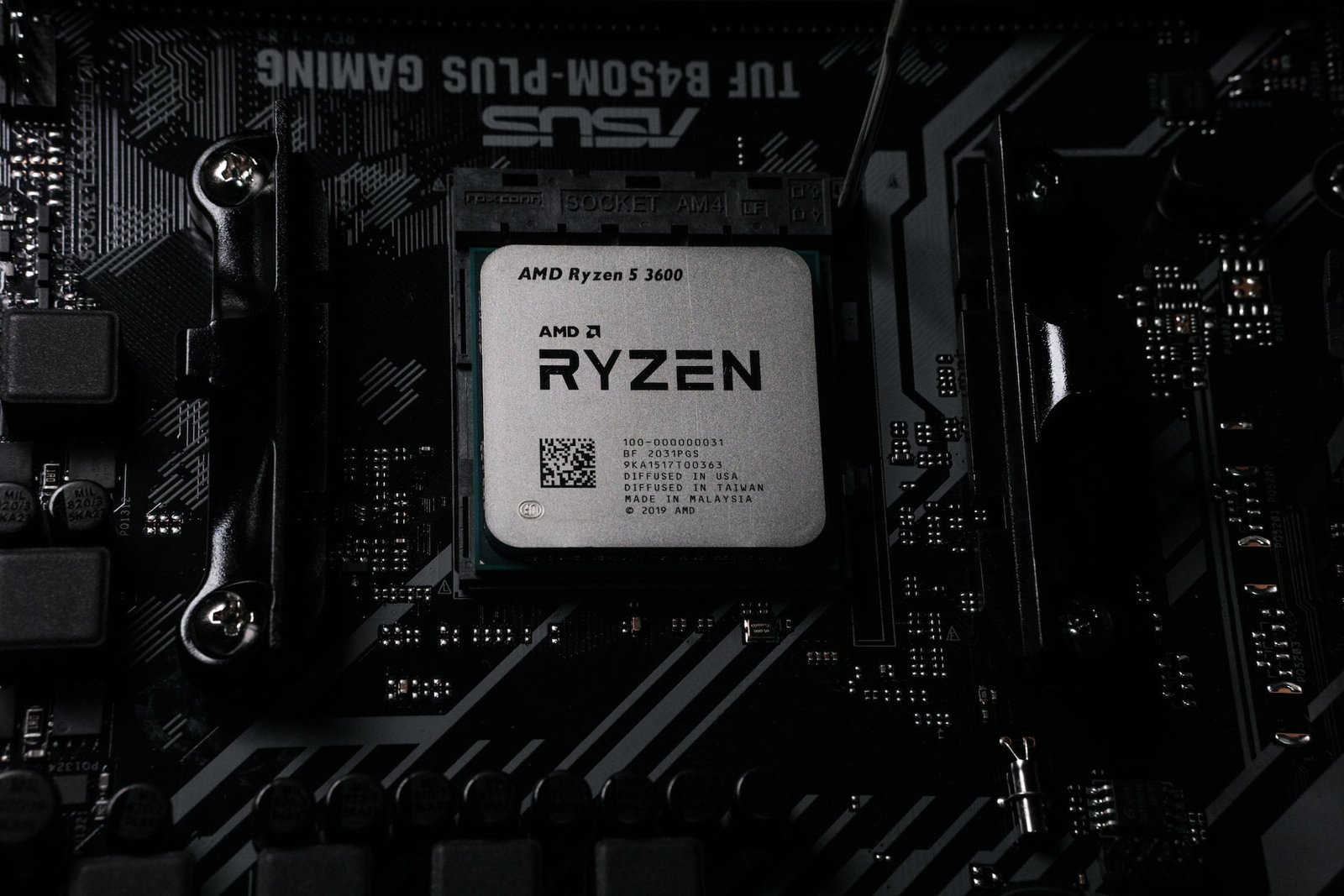Tensor Chips: A slew of capable smartphone makers are fighting for your attention, but Apple and Samsung continue to hog everyone’s attention. Google thinks it can change that.
Google’s upcoming Pixel 6 and Pixel 6 Pro smartphones – set to launch later this year – will not only be equipped with more cameras and sleeker designs but will also feature new processors, designed entirely in-house. Went to and was born in Mountain View, California. The company’s years-long passion for artificial intelligence.
Google calls these Tensor chips, and this will be the first time the company has put full chipsets of its own design into its smartphones.
“We are undoubtedly a challenger in this area,” Google hardware chief Rick Osterloh told the Washington Post in a recent interview. “There are two main category leaders, and I think a lot of people see this space as potentially in a bit of stagnation.”
Also, read What Is Women’s Equality Day and Why Is It Celebrated?
The trend of designing your own processors isn’t new, or even all that unusual: Apple has been designing its own mobile chips since the days of the iPhone 4, and Samsung uses its own phones and tablets sold overseas. Uses lots of processors. Google is now designing its own chips instead of getting them from longtime partner Qualcomm, a clear sign that the company is getting serious about the future of its smartphone business.
Still, Google is undeniably playing catch-up. The search giant’s devices accounted for less than 1 per cent of smartphones shipped in the United States in the second quarter that ended June 30, according to data from market research firm Strategy Analytics.
Osterloh said he believes these new chips, which are built to supercharge software features that rely on artificial intelligence, could help reach new users.
For now, Google isn’t open about what we can expect from its new phones, including pricing and when they’ll be released. The company usually launches its new smartphones in October, except last year when it launched virtually in late September.
Also, read More Americans Covered by Health Insurance in 2020, CDC Says
Although Google declined to go into specifics, this year’s Pixel phones boast sleek glass-and-metal designs, multiple cameras, and bigger screens, which almost guarantee they’ll cost more than last year’s Pixel 5. Which costs around $700.
The company wouldn’t comment on whether its new chips will be as fast as those found in smartphones you can buy now. And while Osterloh said security was a “key part” of the Tensor chip’s design, he didn’t comment on whether it could help make Android more resilient against specialized spyware used by organizations like NSO.
Enhanced speech recognition can come in handy even when you’re not the person talking. Google’s Pixel phones have had the ability to automatically transcribe and caption videos and podcasts for years now, but the company’s upcoming models will also be able to generate live, translated captions while you’re watching or listening to content. Will be able to. other language.
Whether these features are enough to make you buy a Google phone instead of something else is a very personal determination, and you certainly shouldn’t jump to any conclusions. We’ll know more about the company’s plans in a few months.
Also, read Tens of Thousands of UK Businesses at Risk from Soaring Bills
But it’s worth keeping in mind that Google’s plans are weighty, even if you never plan to buy a phone from it. That’s because the existence of the Tensor chip itself raises interesting questions about Google’s relationship with the rest of the Android world.
For the past five years, smartphone makers using the company’s software have been watching Google carve a unique path for its own devices: one that offers fast, frequent software updates and introduces new features that are not always for rival devices. In other words, the Android experience found on a Pixel phone isn’t all that different from the one found on a Samsung or Motorola device. In many ways, it is even better.
In Case: Google phones can screen incoming calls, so you can hear callers and why they’re trying to contact you and accept or decline based on their response. The company’s own Help Center listing for the feature states that it works perfectly on the Pixel, but only on “other select Android phones.”
Also, read Nepal exported electricity worth nearly Rs 2 billion to India
With Tensor chips being put into each of the company’s new Pixel 6 phones, it seems likely that Google’s version of Android will continue to be more convenient and feature-rich. That’s great if you’re a Pixel fan – or don’t mind being so – but it could put those who prefer other Android phone brands at a somewhat disadvantage. Google, for its part, sees it as business as usual.
“Android is an open-source system,” Osterloh said. “People can modify it as per their wish. And many do so in a way that best suits their brand. We’re just doing it in a way that suits us.”
For now, at least, it’s too early to tell whether Google’s plans will turn out to be phones you’ll actually want to buy. But if things don’t work out, it won’t be because of a lack of effort or resources.
“We’re definitely going to invest a significant amount of money in development,” Osterloh said.







